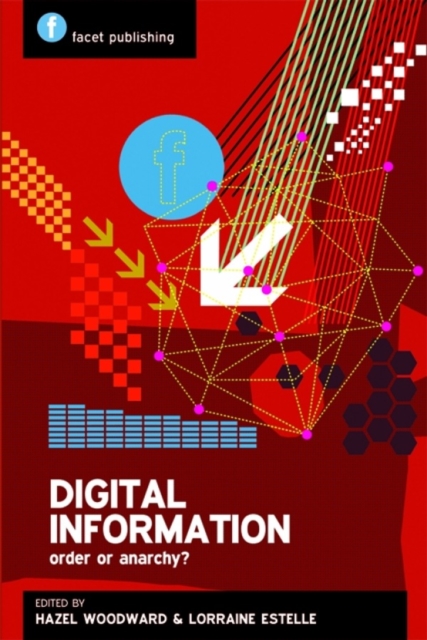
Digital Information : Order or Anarchy? PDF
Edited by Hazel Woodward, Lorraine Estelle
Description
If the vision for the future of digital information is order, ease of access, discoverable resources and sustainable business models, how might this be achieved?
In an information environment shaped by an ever-growing and persistent demand for more and more digital content from every direction, it has become increasingly important that publishers, libraries and information professionals understand the challenges and opportunities of the Google environment.
This book addresses these issues and carves out a strategy for the future of digital information.
Put together by an international, cross-sectoral team of contributors, each authored chapter provides a snapshot of where we are now and considers how the barriers to success might be overcome and what the digital information environment might look like if these issues are - or indeed are not - addressed.
They include: digital information - an overview of the landscape; scholarly communications - the view from the library; scholarly communications - the publisher's view; e-books and scholarly communication futures; digitizing the past - next steps for public sector digitization; resource discovery; and, who owns the content in the digital environment.
This book is essential reading for all library and information professionals as well as for researchers and library students.
The book will also be of interest to publishers wishing to reconcile their own digital strategies with those of both information consumers and providers.
Information
-
Download - Immediately Available
- Format:PDF
- Pages:224 pages
- Publisher:Facet Publishing
- Publication Date:15/12/2009
- Category:
- ISBN:9781856049061
Information
-
Download - Immediately Available
- Format:PDF
- Pages:224 pages
- Publisher:Facet Publishing
- Publication Date:15/12/2009
- Category:
- ISBN:9781856049061






